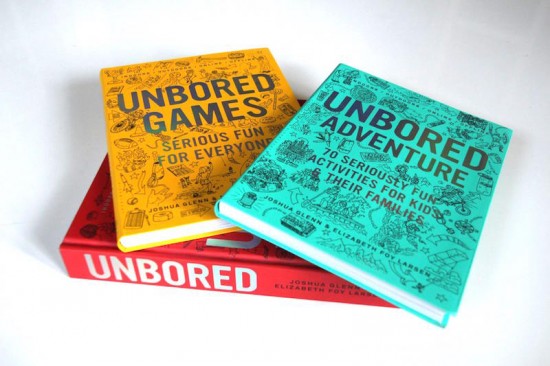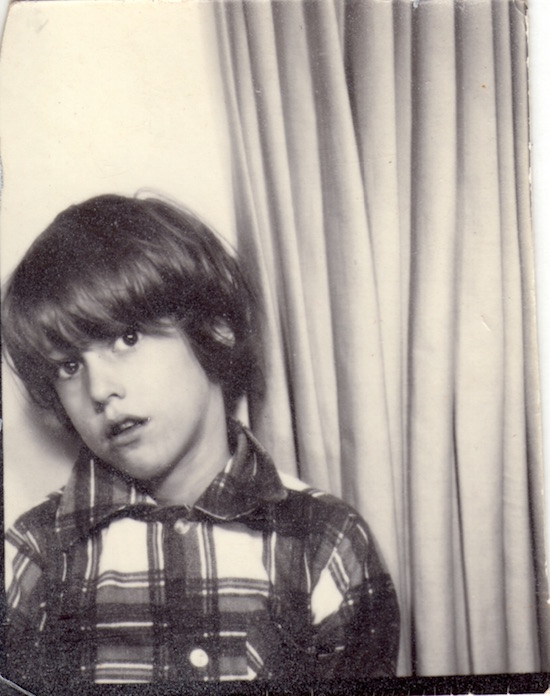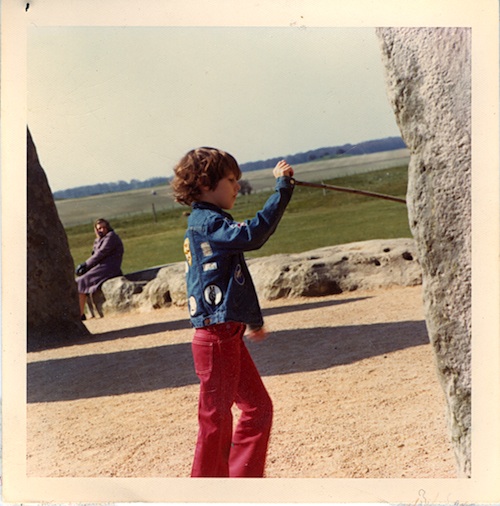EARLY & MID-CHILDHOOD
By:
July 21, 2023
One in a series of posts elaborating on Josh Glenn’s TEN STAGES OF MAN hypothesis — as first floated in January.
TEN STAGES OF MAN: CHILDHOOD 00–03: PROTO-CHILDHOOD | 04–13: EARLY & MID-CHILDHOOD | 14–23: MID- & LATE CHILDHOOD / “TEENS.” ADULTHOOD 24–33: EARLY ADULTHOOD / “TWENTIES” | 34–43: MID-ADULTHOOD / “THIRTIES” | 44–53: LATE ADULTHOOD / “FORTIES.” MIDDLE AGE 54–63: EARLY MIDDLE AGE / “FIFTIES” | 64–73: MID-MIDDLE AGE / “SIXTIES” | 74–83: LATE MIDDLE AGE / “SEVENTIES.” OLD AGE 84 & up: OLD AGE / “EIGHTIES” & up.
What follows are preliminary observations and autobiographical data. I’ll continue to update this post, and we’ll see if it coheres into something like a theory.
EARLY & MID-CHILDHOOD
According to my life-stages theory, “childhood” begins c. age 4 and ends c. age 23. The first stage of this larger macro-stage is “early- and mid-childhood,” from ages 4 through 13. Note that some psychologists use the phrase “early childhood” to describe the time period from one’s birth until the age of five or six years… but according to my theory, 00–03 is “pre-childhood.” One also sees the ages 3–6 and 3–8 defined as “early childhood,” which gets us closer to my schema — ages 3/4 to 8/9 seems about right.
Early childhood (again: ages 3/4 to 8/9) is the era of a being what used to be called a schoolboy or -girl; a schoolperson, let’s say. While mid-childhood, which encompasses the first phase of adolescence (some developmentalists describe ages 9–12 as “preadolescence,” but this is confusing) and the changes that come with puberty (which can began at 8 for girls and 9 for boys; on average, it happens around age 12). Certainly the years 8 and 9 are the apex of the early & mid-childhood phase. At this age, one typically begins to move away from early childhood.

When our own kids were still under 14, my friends Elizabeth Foy Larsen and Tony Leone and I started the UNBORED project — books and kits — with the insight that our culture doesn’t do a great job with 12–14s. Kids at these ages still enjoy playing games with their parents… but at this point, parents tend to abdicating their role in favor of organized activities (sports, tutoring, etc.) and videogames. Which 12–14s do find very attractive; and of course they idolize older kids and want to imitate them. It takes effort on the part of parents of 12–14s to hang in there… but it’s very worthwhile.
We thought of our books as being aimed at families with kids aged 8–13. Certainly in our own families, we found that 14-year-olds definitively don’t want to do (most of) these family activities, at least not often.
Thinking about my own early and mid-childhood — do ages 3/4 and 13/14 make sense as transition-in and transition-out points? Were ages 8/9 an apex of this stage?

I started K1 at the William Monroe Trotter School, a newly opened magnet school in Boston’s Dorchester neighborhood, in 1972; this was a month before I turned 5. (This was the first magnet school in Boston and the second in the United States; it was highly de-segregated from the start.) A month before I turned 13, in 1980, I started 7th grade (the first year) at Boston Latin School.
So my elementary school career (1972–1978 at the Trotter, 1978–79 at the Hennigan School, 1979–1980 at the Martin Luther King Jr. School) was entirely encompassed by this stage of life, from ages 4–13. My periodization holds up so far.

Other autobiographical notes…
My friends and I were fairly “free-range” — so most of my free time during these years was spent playing imaginative and athletic games in the streets of Boston’s Jamaica Plain neighborhood. My father moved three times during this period, but always within JP; my brother Pat and I spent half of each week with him. In the summers, during this period, we’d go to Eaglesmere, PA to visit my father’s sister in July, then to my mother’s summer place on Songo Pond, near Bethel, Maine. My brother eventually started going to camp; I didn’t.
My best friend during this period was John Dooley Cradock, whose parents were my parents’ friends and neighbors. John Dooley and I attended the Trotter, Hennigan, and King together, and had many of the same friends. John Dooley’s brother Kevin was my brother Pat’s best friend. We had a tight-knit crew in the neighborhood, many of whom were also from divorced families; there were a lot of doors open to me, all the time.
Ages 8 and 9 — the apex of this stage of life — for me, this was 1st through 3rd grades at the Trotter School. After which I began to leave early childhood behind for mid-childhood.
MORE FURSHLUGGINER THEORIES BY JOSH GLENN: SCHEMATIZING | IN CAHOOTS | JOSH’S MIDJOURNEY | POPSZTÁR SAMIZDAT | VIRUS VIGILANTE | TAKING THE MICKEY | WE ARE IRON MAN | AND WE LIVED BENEATH THE WAVES | IS IT A CHAMBER POT? | I’D LIKE TO FORCE THE WORLD TO SING | THE ARGONAUT FOLLY | THE PERFECT FLANEUR | THE TWENTIETH DAY OF JANUARY | THE REAL THING | THE YHWH VIRUS | THE SWEETEST HANGOVER | THE ORIGINAL STOOGE | BACK TO UTOPIA | FAKE AUTHENTICITY | CAMP, KITSCH & CHEESE | THE UNCLE HYPOTHESIS | MEET THE SEMIONAUTS | THE ABDUCTIVE METHOD | ORIGIN OF THE POGO | THE BLACK IRON PRISON | BLUE KRISHMA | BIG MAL LIVES | SCHMOOZITSU | YOU DOWN WITH VCP? | CALVIN PEEING MEME | DANIEL CLOWES: AGAINST GROOVY | DEBATING IN A VACUUM | PLUPERFECT PDA | SHOCKING BLOCKING.
